The AHS Blog

The AHS in Fiji
This post was written by James Nye
No, Council hasn’t decided to mount an all-expenses paid Pacific tour. But my curiosity was certainly piqued recently.
I have never been to Fiji. I don’t think I could quickly find it on a map, but I certainly think of it as exotic paradise, far, far away.
It was something of a shock a few weeks ago to be contacted by a representative of the government, looking for help in restoring a Synchronome installation to working order. Lots of pictures arrived and it rapidly became obvious this was no small scale system. It lies at the heart of Government Buildings in Suva the capital (see photo below).
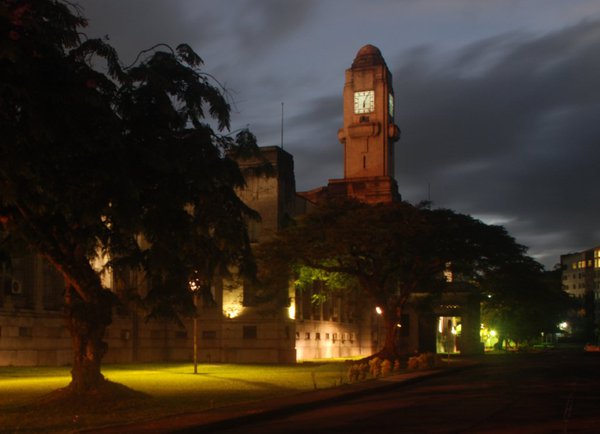
The building complex was completed in the late 1930s and the Fijians were lucky enough at the time to play host to Frank Hope-Jones, managing director of Synchronome, who was nearing the end of a six-month, round-the-world cruise. He secured the contract to supply a master clock, forty impulse dials, and the impressive turret clock installation, pictured below.
You can find more details of the trip, and everything else about Synchronome in Robert Miles’ Synchronome – Masters of Electrical Timekeeping, published last year by the AHS.
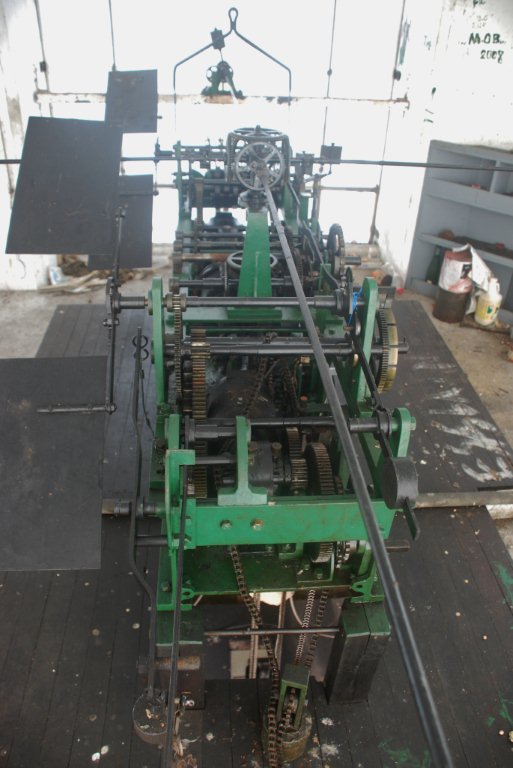
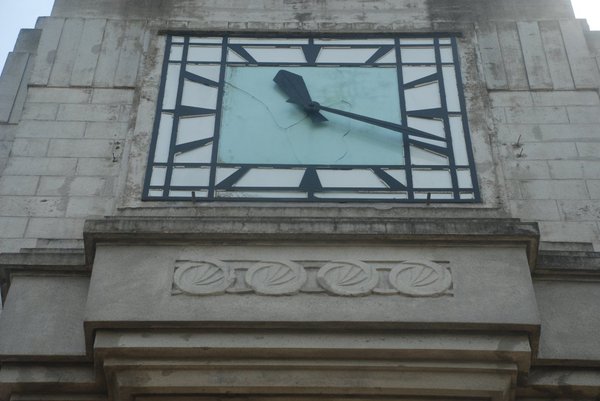
This large beast is actually badged Synchronome on the frame, but initial assessments suggest it is actually a Thwaites mechanism that has been adapted.
The striking and chiming trains are standard, but the going train has been modified to form a half-minute release system in which the distant master clock (No. 2564) controls the release of the train. The peal of bells was supplied by Mears and Stainbank.
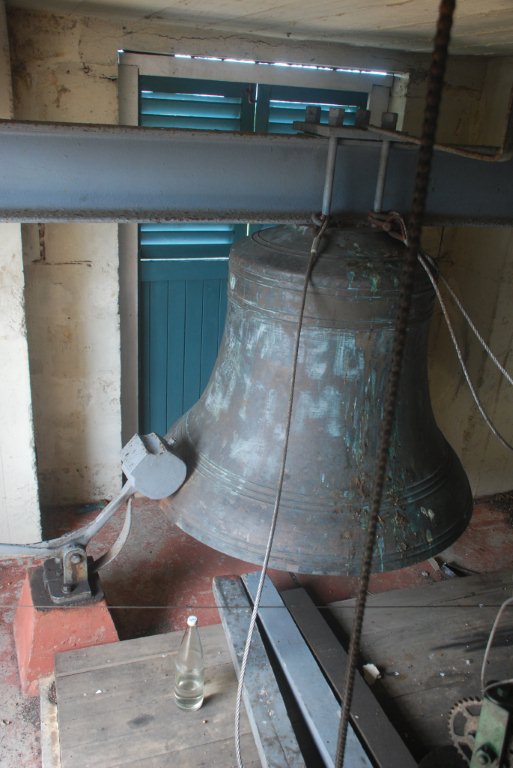
The society and its Electrical Timekeeping Group are keen to conserve clocks and installations in as original condition as possible. It appears that Hope-Jones’s legacy in this instance has survived relatively well – in terms of the turret clock and its associated master clock at least – and this looks like a wonderful opportunity to keep an original installation operating and in situ.
Discussions are underway between the Fijians and Keith Scobie-Youngs of the AHS Turret Clock Group and proprietor of the Cumbria Clock Co. to see how practically any help can be rendered at such a great distance and some imaginative solutions have started bubbling to the surface.
I am delighted that the Fijians should have been in touch and am pleased that we were well equipped to research some history for them and provide some first ideas for preserving their heritage. I shall hope to update this story in the coming months.
West Dean do the Hipp-toggle
This post was written by Matthew Read
At West Dean College, once in a while we take the opportunity to pack away the historic clocks, let our hair down and have some good clean horological fun making new stuff. New making is very much part of our wider philosophy – learning through doing – and what informs and prepares students for the restoration element of our work.
Following a chance discovery of a copy of Practical Mechanics 1936, complete with blueprints and instructions of how to build a Hipp-toggle pendulum clock, we could not resist the challenge.
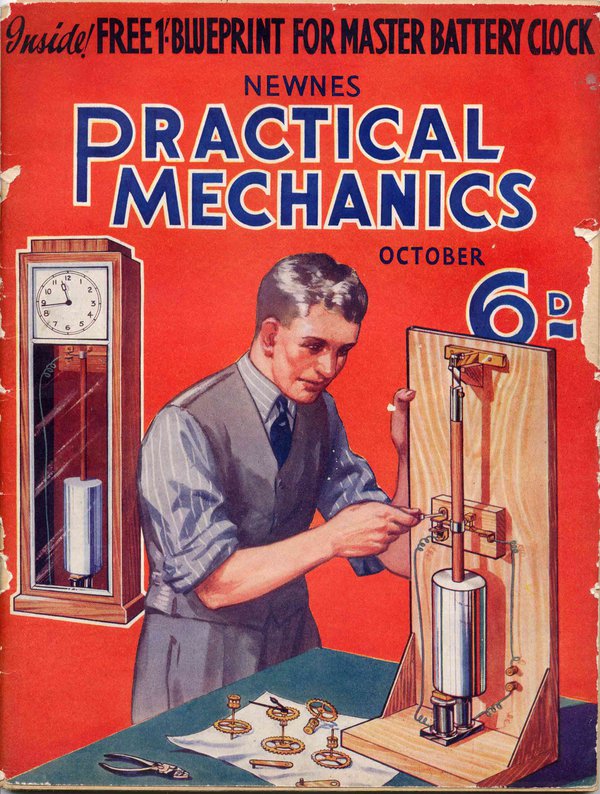

The hipp-toggle system is one of relative simplicity, or so we thought so attempted the project in a single day. Well, relative simplicity is a relative thing, yet at the end of a frenetic day we had our clock ticking – complete with hand-made electro-magnetic coils, rather splendid (we feel) shellac lacquered, knurled brass terminals, pendulum bob and the like. With a nod to modernity, the pendulum rod is of carbon fibre tube and the electrical circuit sports blue LEDs.


So not to take ourselves all too seriously, we dressed for the day in proper kit, took regular breaks for tea and mandatory pipe smoking and workshop discussion was of the latest technological advances of the time – 1936.
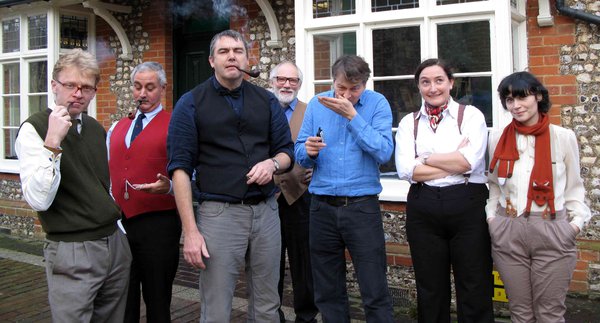
See the completed clock and find out more about how this project will help student bursary funds in a future post.
The work of Matthias Hipp features in the excellent ‘Time Machines’ temporary exhibition at the Museum of the History of Science, Oxford.
Don’t forget David Thompson’s lecture next week
This post was written by David Rooney
If you came to the AHS inaugural event at the Royal Astronomical Society in January, you’ll know our new venue in Burlington House makes for a superb evening’s entertainment – and it’s free.
Our second event is next week, so mark it in your diaries now. On Thursday 15 March, AHS Chairman and British Museum curator David Thompson will give the next in our series of talks on ‘The Great Collectors’. This time it’s all about the industrialist, financier and banker, J. P. Morgan.
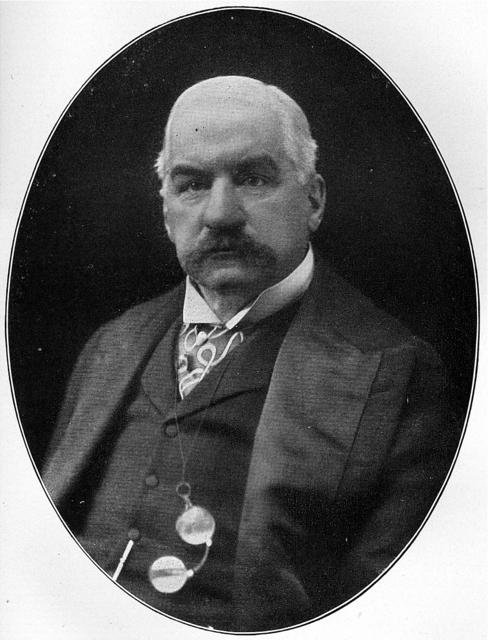
Whilst Morgan’s business interests are well known, it is his collecting activity that will be in the spotlight on Thursday. Best remembered as a collector of art, gemstones and rare books, he also amassed a considerable number of clocks and watches, concentrating on 16th to 18th century decorative pieces.
This talk promises to provide a sumptuous insight into Morgan’s horological treasures, which David will compare against similar material in other collections. For anybody interested in watches, clocks and the mind of the collector, this will be an evening to remember.
Doors will open at 5.30pm for tea with the talk beginning at 6.15pm. There will be a drinks reception afterwards in the Library. Nearest tube stations are Green Park and Piccadilly Circus.
Thanks to the generous sponsorship of The Clockworks , the event is free – but if you would like to make a contribution to support the work of the AHS further, please do get in touch. We’d love to hear from you.
English thirty-hour longcase clocks
This post was written by David Thompson
As well as being Chairman of the AHS, I am also Curator of Horology at the British Museum. In my museum capacity recently I have been engaged in documenting a large and fascinating collection of English thirty-hour duration longcase clocks presented to the Museum by Michael Grange in November 2010. This extensive collection covers the period c.1700 to about 1840 and contains clocks from a wide variety of locations around Great Britain.

Today, these clocks still have a place in countless homes both in this country and abroad and there is no doubt that they each have a story to tell. At so many levels they reflect the tastes of those who first owned them back in the 18th century and show characteristics which are often peculiar to the locality in which they were made.

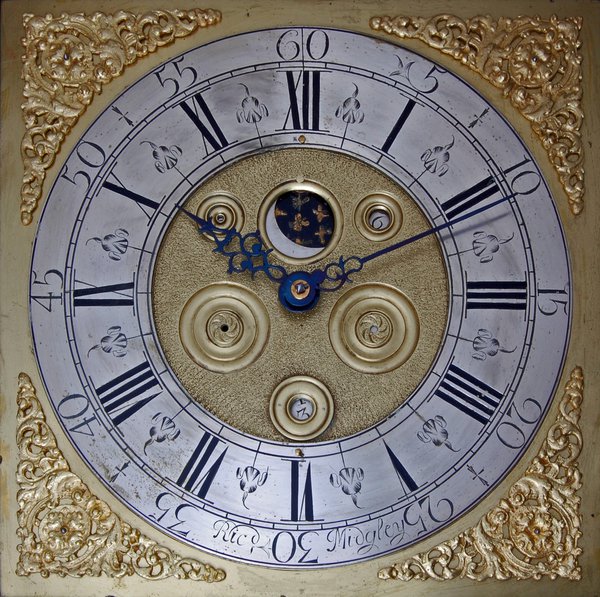
Recently, I was looking at an example by Richard Midgley of Ripponden. The stained-oak case with a forward-sliding flat-topped hood is typical of about 1740 but, unusually, there is no opening door on the hood and no mask inside to surround the dial. This is not all – this clock is eccentric in several other respects.
The five minute numeral has an embellishment in the form of an engraved flower and a further flower can be seen next to the 30 minute numeral. It seems likely that these have been engraved to mask errors.
In addition to this, the clock is pretending to be something it is not. The ringed holes near to the IX and III are not winding holes, as would be expected in an eight-day duration clock, but are simply dummies to give that impression. Keeping up with the Jones’s was clearly not an uncommon concept even in the 18th century.
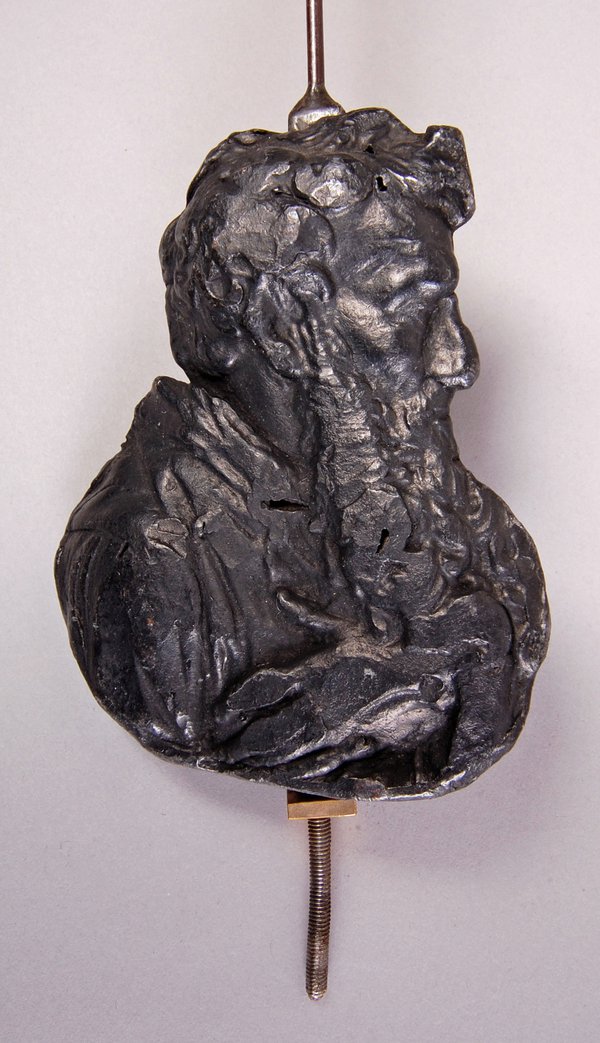
There is a final twist in the slightly eccentric nature of this clock. The pendulum bob is of a type which I have never seen before – in the form of a portrait bust. Assuming that this is the original pendulum, could this be a portrait of the maker Richard Midgley. Does it relate to the first owner? In any event it is a rare feature.
The Grange collection is a splendid addition to the collections in the British Museum and provides a unique opportunity to study and learn about the story of longcase clockmaking around the country – 'affording delightful prospects' as Gerard Hoffnung once said.